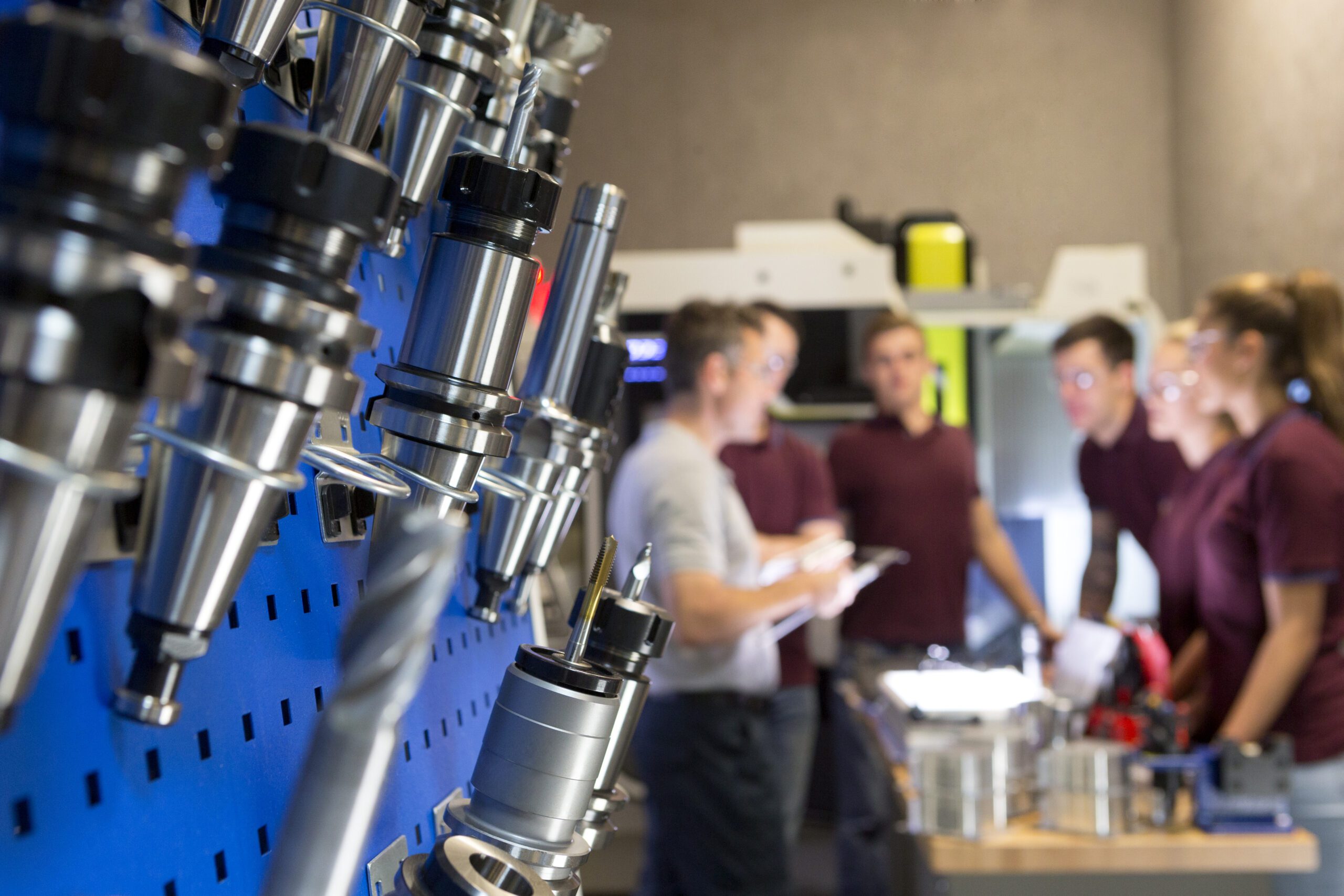Recent News
U.S. Nonfarm Payrolls Rose 178,000 in November; Unemployment Rate Falls to 4.6%


WASHINGTON—U.S. employers hired at a steady clip in November while the unemployment rate fell to the lowest level in nine years, signs of enduring labor-market growth that will likely leave Federal Reserve officials on track to raise interest rates later this month.
Nonfarm payrolls rose by a seasonally adjusted 178,000 in November from the prior month, the Labor Department said Friday. September’s nonfarm payrolls were revised up to a gain of 208,000 and October’s tally down to 142,000, a net decrease of 2,000.
The unemployment rate dropped to 4.6% last month from 4.9% in October as some people found jobs while even more dropped out of the workforce. At 4.6%, the headline figure is the lowest since August 2007.
Economists surveyed by The Wall Street Journal had expected 180,000 new jobs and a jobless rate of 4.9% in November.
“This jobs report paves the way for Fed rate hikes,” said Jason Schenker, president of Prestige Economics. “It also tops off a recent run of continually positive economic data.”
The U.S. labor market has been one of the brightest spots in a long recovery marked by sluggish growth. But even with consistent job creation, a historically large share of Americans have opted out of the workforce and wage gains have remained below prerecession levels.
Average hourly earnings for private-sector workers declined 3 cents from October, or 0.1%, to $25.89 in November.
“This should prove temporary, as more reliable wage measures have drifted higher in response to growing worker shortages,” said Sal Guatieri, senior economist at BMO Capital Markets.
Indeed, wage gains had been accelerating this year as competition for workers intensified. In November, earnings were up 2.5% from a year earlier, a small step down from October’s 2.8%, which was the strongest annual wage growth since June 2009.
The unemployment rate, meanwhile, reflected mixed underlying trends.
More people found jobs. But more than 400,000 Americans dropped out of the labor force last month, likely a reflection of an aging workforce as well as some younger workers either giving up, going to school or staying home to care for dependents.
A broad measure of unemployment and underemployment, which includes those who have stopped looking and those in part-time jobs who want full-time positions, was 9.3% in November, down from 9.5% the prior month and the lowest level since April 2008. The rate averaged 8.3% in the two years before the recession.
The labor-force participation rate, those with jobs or actively seeking work, edged down to 62.7% in November from 62.8% the prior month and continues to hover near a four-decade low. The rate for prime-age workers, those 25 to 54 years old, slipped to 81.4% from 81.6% in October.
The Labor Department said the average workweek last month was unchanged at 34.4 hours.
Friday’s employment report was the last to be released before the Federal Reserve’s Dec. 13-14 meeting. Policy makers are expected to raise the central bank’s benchmark interest rate for only the second time in a decade.
Fed officials last raised the rate in December 2015 and before that in June 2006. But with the labor market nearing full employment and inflation showing signs of firming, another quarter-point move appears likely.
“In my view, the case for an increase in the federal-funds rate has clearly strengthened since our previous meeting” on Nov. 1-2, Fed governor Jerome Powell said earlier this week.
A slowdown in hiring, meanwhile, wouldn’t be unexpected for a labor market nearing full employment—when there is a rough match between people who want a job and employers who need a worker.
Fed Chairwoman Janet Yellen a year ago said the economy needs to add “under 100,000 jobs per month” to absorb new entrants into the labor force and adding about 200,000 would be enough to draw workers off the sidelines.
The latest jobs report also comes on the heels of the Nov. 8 presidential election. The tight race generated some uncertainty for businesses and households, but didn’t appear to significantly affect hiring plans. Job gains have averaged 180,000 a month so far this year.
The surveys of businesses and households that are used to create the jobs report included periods before and after Election Day. Republicans, led by Donald Trump, won the White House and both chambers of Congress.
Jeffrey Sparshott
www.wsj.com
Check out our latest video
Exploring our target industries
At Davalyn, our tenured team of niche-focused talent acquisition experts takes on the hiring challenges of a diverse and growing set of industries. Make our perspectives your most powerful recruitment and retention resource.







